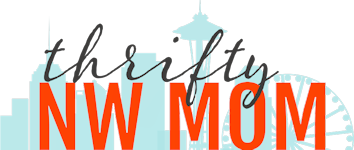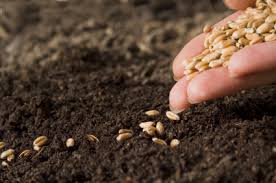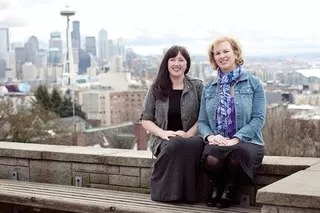Budget Planting Tips & Resources
This post may contain affiliate links and I may be compensated for this post. Please read our disclosure policy here.
As I’ve mentioned before, my husband is a high school teacher – he’s actually a Plant Science & Natural Resource teacher with a large greenhouse as part of his curriculum, so he frequently buys seeds & plants. So, I asked him to give me a few tips for buying vegetable & herb seeds versus ‘starts’:
Seeds versus ‘starts’:
- The most cost-effective method is to buy your vegetables as seeds. However, with a nice sale like the one today at Home Depot, then you can consider more starts. If you’d like to grow your plants from seeds, HERE is an interesting article from Ed Hume’s website.
- When buying vegetable/herb starts, then you want to look for the varieties that will give you the most harvest. If a variety will only give you one harvest, like lettuce – then it’s better to buy that as seeds. Some of the starts that we bought today were zucchini, cucumber, melons, tomatoes. {We do have a little mini greenhouse my hubby built last yr to keep some of these until we’re sure there won’t be any more frost. I’ll have to take some pictures – it’s definitely not fancy, but it was very inexpensive to make.}
- You also want to consider the timing of when to plant vegetables & herbs for your area, which will determine if you want to plant seeds versus starts
Here’s a few sites you can check out for gardening info/planting times:
–Hume Seeds – You will find a calendar where you can click on each month & see what you should be doing in your yard/garden that month. This is a great resource for those of you in the Northwest to find planting times for vegetables, different varieties of flowers, & more.
Here’s what they have to say about planting vegetables in the NW:
It’s time to get the vegetable garden underway. April is a great month to plant the perennial vegetables like asparagus, rhubarb, horseradish, etc. It’s also time to plant peas, carrots, beets, spinach, cauliflower, cabbage, etc. Later this month one can plant beans and corn. The warmer weather crops like tomatoes, squash, cucumbers and peppers should not be planted until next month. Root crops like potatoes, radishes, parsnips and onions can be planted at anytime.
–Oregon State University Extension Service: They have a great chart listing the start times for vegetables/herbs for different areas of Oregon, how many plants to plant for your family size, how far apart to plant, & more.
-Backyard Gardener – This looks like a great resource with information on vegetable gardening for beginners, things to grow in your garden for canning, building raised beds & much more!
Northwest Garden Resources – Check out Thrifty & Thriving’s post about some great resources for gardening in Washington
I’m excited to have a larger garden this year. We did have a small garden last year, but with the hot spell we had in July/August we didn’t plan well enough for a few times that we were gone. But, we’re definitely planning things more this year to take that into account. I’ll share some pictures & more information as we work on our garden.
We’d love to hear your tips, too, especially from those of you who are experienced gardeners!! Where do you find the best deals on your seeds or plants & other gardening supplies? And what tips do you have for us?
If any of you are garden experts, I’d love for you to do a guest post sharing your tips with all of us! You can email me at thriftynwmom {at} hotmail {dot} com if you’re interested!
Also, share with us what you will be planting in your garden this year!!



Thanks for the links and tips. I’m new to gardening, but am really excited to start this year in my 1st house.